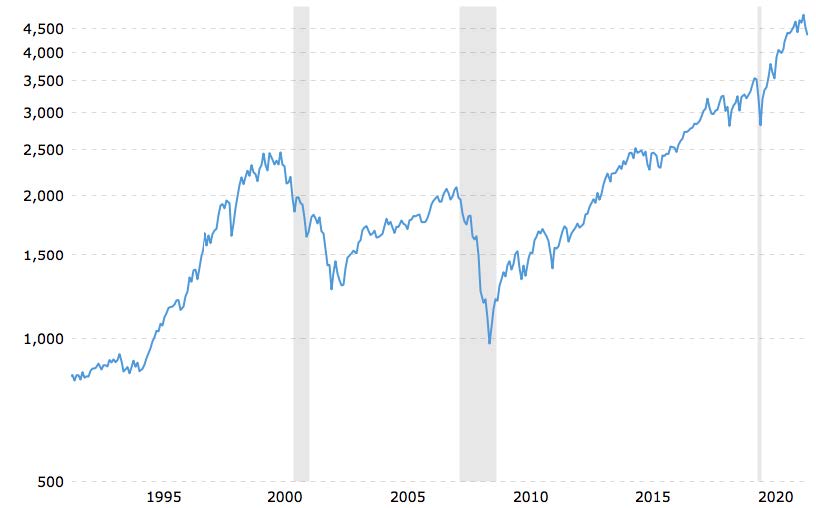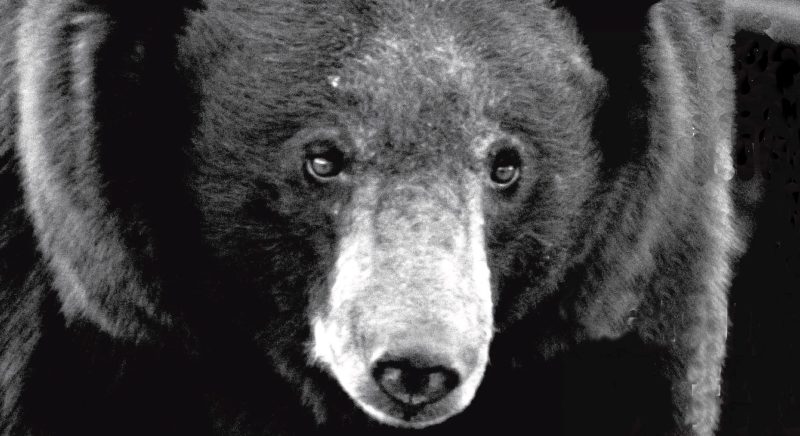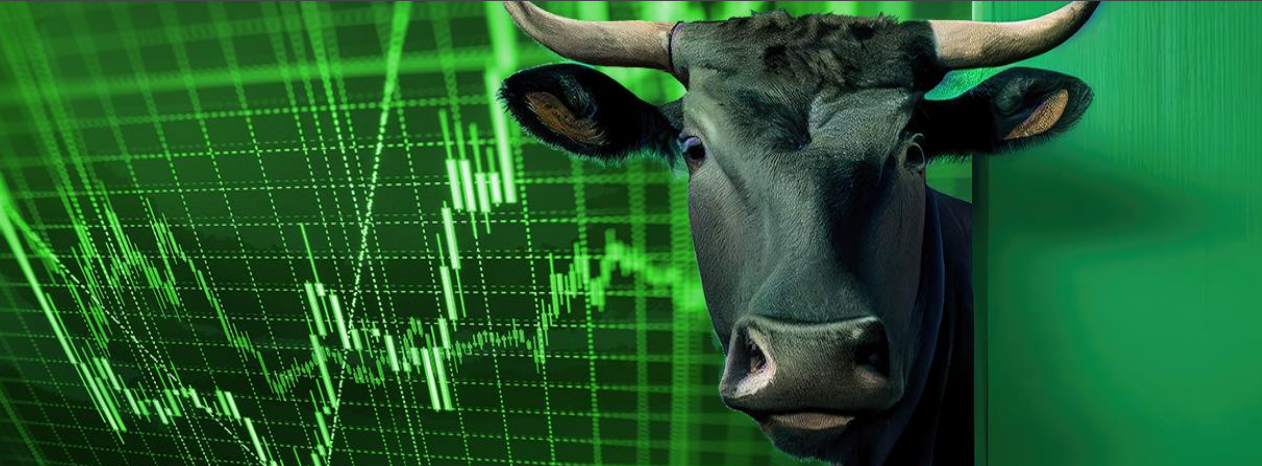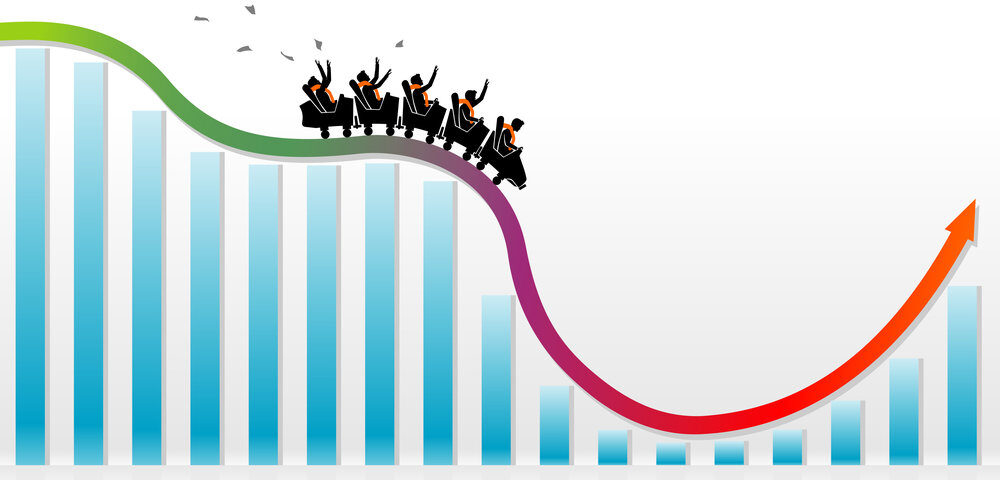No matter the short-term noise, stick to your financial plan and stay calm.
The average weight of a black bear in the western U.S. ranges from 100 to 300 pounds, according to the Washington Department of Fish and Wildlife. But in California, a much larger black bear – think 500 pounds – is ransacking homes and causing panic.
Hank the Tank – easily recognized for his ridiculously massive size – is destroying homes in the South Lake Tahoe region – and many are worried that Hank the Tank is foreshadowing a larger bear market lurking in Wall Street’s midst.
After all, inflation is at a 40-year high, supply chains are still clogged, Russia has moved into Ukraine and the Fed is about to hit the brakes on its accommodative monetary policy. Should investors worry about a Hank the Tank?
History is a Guide
Bear markets happen. Bull markets happen. We suggest sticking to your financial plan and staying calm and disciplined. When the market sours or slumps, don’t believe the talk that this time it is different. It is not. History shows this is true. Did you know that since 1928 there have been 28 bear markets? The average decline was 35.62% and the average length of time was 289 days.
But maybe we should look at more recent history – say the last 30 years. Look at this simple chart of the S&P 500 for the last 30 years.
The S&P 500 Over 30 Years

Can you spot the five bear markets over the last 30 years? If you can’t, here are the dates:
- March 24, 2000 – September 21, 2001
- January 4, 2002 – October 9, 2002
- October 9, 2007 – November 20, 2008
- January 6, 2009 – March 9, 2009
- February 19, 2020 – March 23, 2020
What does this chart show? When markets decline, they do so rapidly and painfully. And the subsequent recovery is slow and uneven. But it does inevitably happen.
If you take the longer view with this chart, it’s clear that markets always grow past previous highs after a dip.
The Last Bear Market
The last bear market happened when the COVID-19 pandemic started. The dates were February 19, 2020, to March 23, 2020. That bear market lasted 33 days, and the market went down 35.62%
Again, the average bear market since 1928 has lasted 289 days, Bull markets, on the other hand, last on average 991 days. And there is typically an average of 3.6 years between bear markets.
The longest bear market in history? The Hank the Tank of Bear Markets? Well, the longest bear market in history lasted 61 months from March 1937 until April 1942 (The Great Depression). This was one of several bear markets that happened leading up to and going through World War II.
This Time is Not Different
There are no investment strategies that give you the market’s ups and help you avoid the downs, save for luck. Fear and greed are irrational emotions that easily lead to bankruptcy if they influence your investment decisions.
Of course, it is hard to stay patient and hold when Wall Street analysts, investment gurus, and financial TV pundits spout endless gloom and doom at the troughs and exuberant optimism at market peaks. Short-term thinking like this only guides you to do the wrong things at the wrong time.
History is on your side. For the world keeps going on and on. A speed bump rises, and we go over it and the economy doesn’t end. Then the next week, there is another speed bump – another Hank the Tank – then another resolution.
All you must do is stay on plan.











